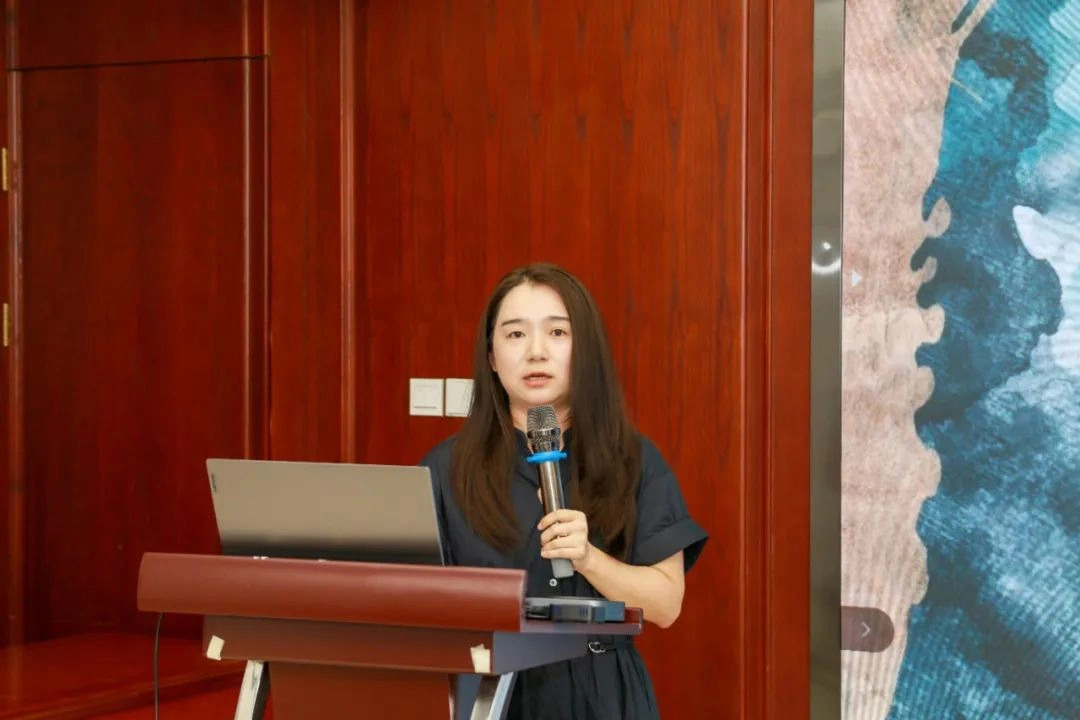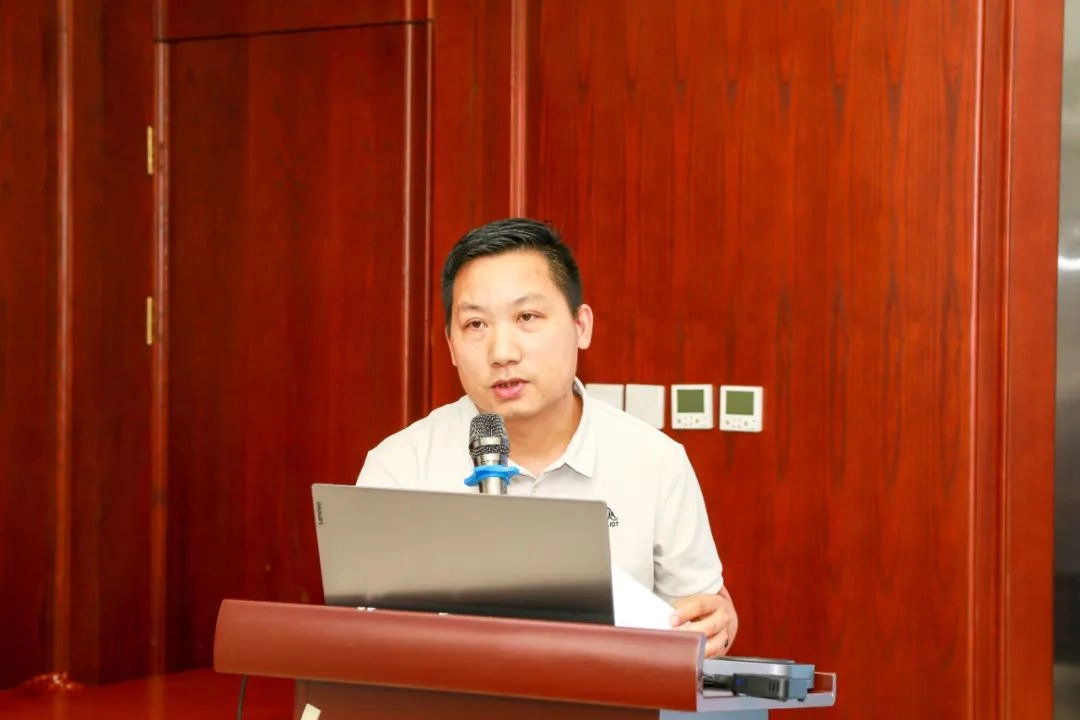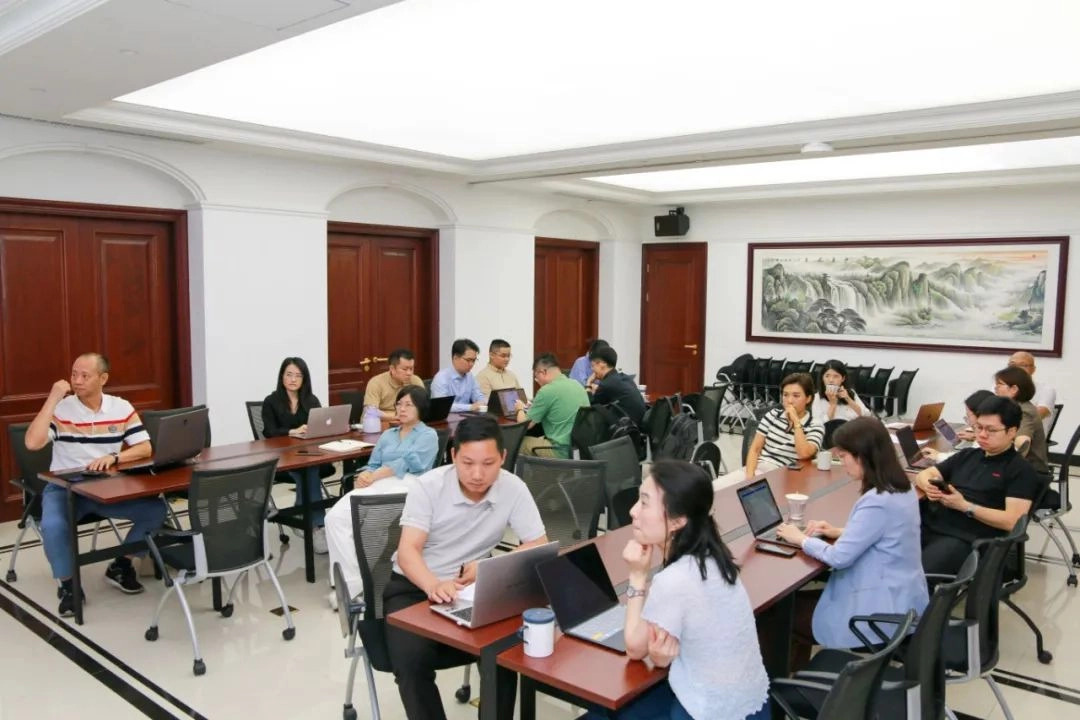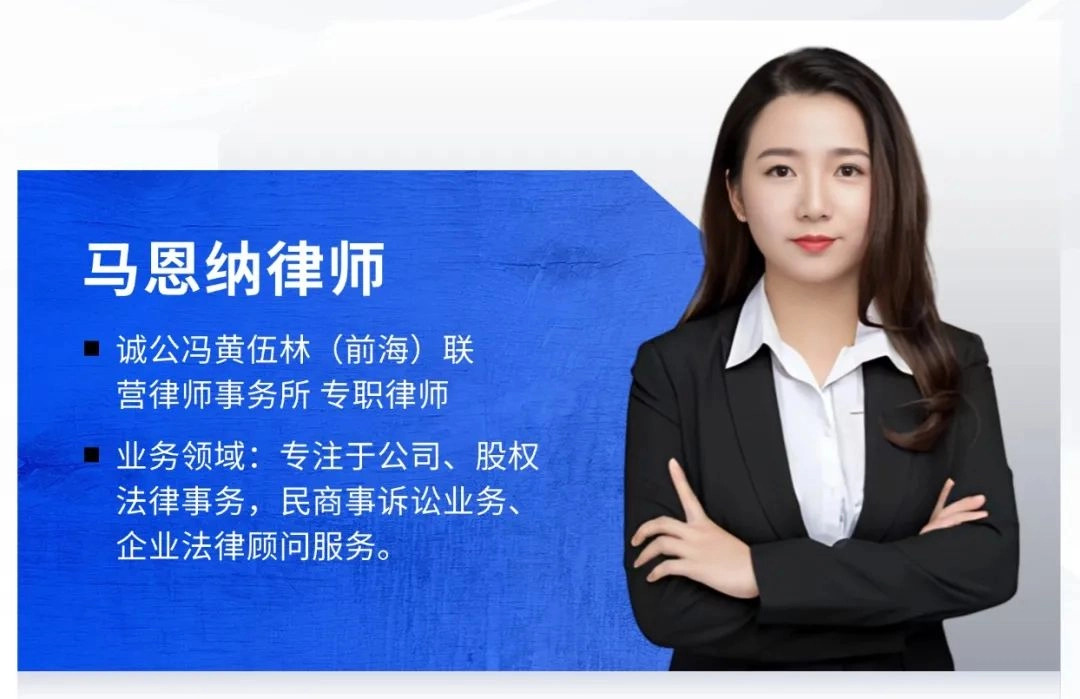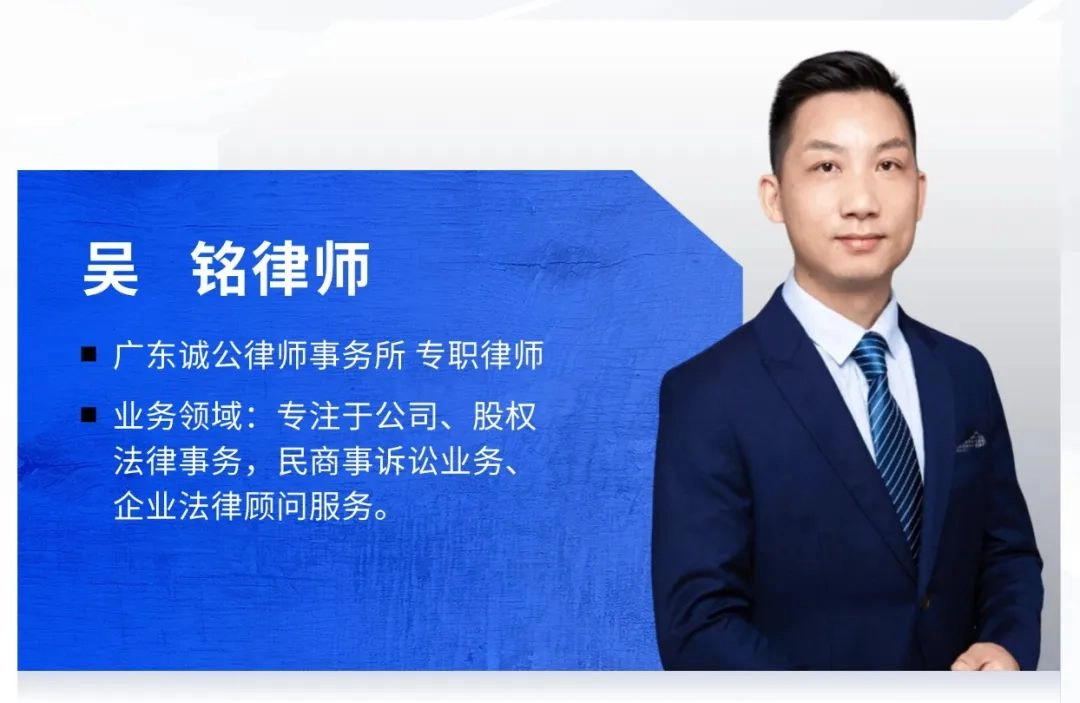PREFACE 前 言
在公司运营的生命周期中,清算环节是企业结束经营、退出市场的重要程序。然而,清算责任纠纷却常常成为困扰债权人、股东和公司管理层的复杂法律问题。
广东诚公律师事务所公司委员会第27期分享会中,马恩纳律师和吴铭律师分别就公司清算责任纠纷的法律适用、实践要点以及典型案例进行了深入探讨,为参会人员带来了一场精彩的法律盛宴。本文将综合两位律师的分享内容,为大家详细解读公司清算责任纠纷的法律要点与实践路径。
一 清算责任纠纷的法律框架
(一)清算的定义
公司清算,是指公司在出现法定解散事由后,依法进行的财产清理、债务偿还和剩余财产分配等一系列活动。
根据《中华人民共和国公司法》(2023年修订)第229条,公司可能因以下原因解散:
(1)公司章程规定的营业期限届满或章程规定的其他解散事由出现;
(2)股东会或股东大会决议解散;
(3)因公司合并或分立需要解散;
(4)依法被吊销营业执照、责令关闭或被撤销;
(5)人民法院依法予以解散。
此外,如果公司不能清偿到期债务,且资产不足以清偿全部债务或明显缺乏清偿能力,则进入破产清算程序
(二)清算责任纠纷的定义
清算责任纠纷是指公司出现法定解散事由后,清算义务人未依法履行清算义务,或者清算组成员在清算过程中怠于履行清算职责,给公司或债权人造成损失,应当承担赔偿责任所引发的纠纷。
根据《公司法》第232条和第238条的规定,清算义务人需在解散事由出现后及时组织清算,否则需承担相应责任。
(三)清算责任纠纷的法律适用
1.清算义务人的认定
新《公司法》的变化:新《公司法》第232条明确将清算义务人从股东调整为董事,且未区分有限责任公司与股份有限公司。这一调整打破了原有以股东为中心的清算责任体系,要求董事主动履行清算义务。
《民法典》的衔接:《民法典》第70条也规定了法人的董事是清算义务人,但同时指出“法律、行政法规另有规定的,依照其规定”,这为原《公司法》的适用留下了空间。
司法解释的适用:《公司法解释二》第18条虽然未明确清算义务人,但从表述中可以推断,有限责任公司的股东、股份有限公司的董事和控股股东在特定情况下可被视为清算义务人。然而,新《公司法》实施后,清算义务人的认定与《公司法解释二》存在冲突,需根据具体情况进行判断,或等待新的司法解释。
2.责任类型
清算赔偿责任:清算义务人未在法定期限内成立清算组开始清算,导致公司财产贬值、流失、毁损或者灭失,债权人可主张其在造成损失范围内对公司债务承担赔偿责任。
连带清偿责任:清算义务人因怠于履行义务,导致公司主要财产、账册、重要文件等灭失,无法进行清算,债权人可主张其对公司债务承担连带清偿责任。
直接清偿责任:未经清算即办理注销登记,导致公司无法进行清算,债权人可主张清算义务人对公司债务承担清偿责任。
(四)保结承诺条款及其应用
公司保结人是指在公司登记机关办理注销登记时承诺处理或者承担公司债务的承诺人,其保结责任的性质应区分公司是否经过清算以及承诺的具体内容具体认定。
1.保结责任首先应区分公司是否经过依法清算。
已经依法清算的,公司仅应以清算后的财产清偿债务,保结人出具保结承诺只是依照公司登记机关的要求履行的一项行政手续,不具有民事上的法律意义,不应承担民事上的责任。
2.如未依法清算而出具保结承诺导致公司注销的,应根据承诺的内容区分不同的责任。保结责任的承担依保结承诺的内容区分不同责任,保结承诺明确约定责任范围的依约定;不明确的,保结人对公司全部未了结债务承担清偿责任。
(1)如果仅仅承诺负责对公司债权债务处理的,应解释为仅承担公司的清算责任,而非直接清偿责任。保结人应在一定期限内负责组织公司清算,并以清算后的公司财产对外承担债务。
(2)如果明确承诺承担保证或担保责任的,其性质上应属保证责任,按照保证的有关规定处理。
(3)如果明确承诺承担债务或者承担清偿责任的,其性质应属于债务的承担,应直接向公司债权人承担清偿责任。
3.保结责任与清算义务人责任的关系。
(1)保结承诺既可由清算义务人作出,也可由清算义务人之外的第三人作出。
(2)第三人在保结承诺书上签字承诺承担责任,以其并非股东为由抗辩不承担清偿责任的,人民法院一般不予支持。名义股东在保结承诺书上签字承诺承担责任,以其并非实际出资人为由抗辩不承担清偿责任的,人民法院一般不予支持。
(3)第三人作为保结人承担责任,并不能免除公司股东承担未经清算之公司债务清偿责任。
只有在清算义务人作出负责处理公司债权债务的保结承诺时,保结责任与清算义务人的清算责任才存在重合的情形,在其余的情况下,保结责任与清算义务人的责任在责任主体或者责任的内容上均存在区别。由于保结承诺是保结人的单方意思表示,并非是与公司债权人合意的结果,因此,保结责任的存在并不能免除清算义务人的责任。公司债权人可以根据有利于债务清偿的原则选择追究保结人的责任还是清算义务人的责任。
二 清算责任纠纷的实践要点 (一)清算主体的变化
1.主体调整:新《公司法》将清算义务人从股东调整为董事,这一变化意味着清算责任的核心从股东转移到了董事身上。董事需在解散事由出现后15日内组成清算组,否则可能承担赔偿责任。
2.章程自治:虽然清算义务人调整为董事,但公司章程或股东会决议可以另行规定清算组的组成,董事仍承担兜底责任。
3.股东的责任:尽管股东不再是法定清算义务人,但如果股东作为清算组成员怠于履行清算职责,或者股东是“事实董事”“影子董事”,仍可能承担与董事同等的清算责任。
(二)诉讼要点
1.管辖问题
观点一:清算责任纠纷是与公司有关的纠纷,具有组织法意义上的属性,应当适用民事诉讼法关于“与公司有关的纠纷”和公司法解释二对公司清算类案件的管辖规定,由公司所在地人民法院管辖。例如,在(2022)鲁02民辖终127号一案中,法院认为本案为清算责任纠纷,应由被清算公司所在地法院管辖。
观点二:清算责任纠纷实质是侵权责任纠纷,应适用侵权责任纠纷的管辖规定,由侵权行为地或被告住所地人民法院管辖。侵权行为地包括侵权行为实施地和侵权结果发生地。实践中,注销公司所在地和债权人住所地均有可能被认定为侵权结果发生地。例如在(2022)粤01民辖终7号、(2023)苏02民辖终252号案件中,清算责任纠纷属于侵权纠纷,应由侵权行为地或者被告住所地人民法院管辖。
建议:在办理清算责任纠纷案件时,建议选择注销公司所在地法院作为管辖法院,以减少诉讼成本。
2.原被告资格
原告资格:债权人需证明其债权合法且未获清偿。
被告资格:清算义务人以及可能的赔偿主体,包括董事、股东、实际控制人等。
3.举证责任
原告的举证责任:原告需证明清算义务人未依法组织清算致使自身债权不能受偿,且需提供合理怀疑的证据。例如,在范某波诉王某江、车某斌案中,法院认为债权人只需提供合理怀疑的证据即可。
被告的举证责任:被告需证明其已为履行清算义务采取了积极措施,否则可推定其存在怠于履行清算义务的行为。
4.诉讼时效
清算责任纠纷的诉讼时效为自知道或应当知道权利受损起3年。在实践中,法院会结合案件具体情况判断诉讼时效是否中断或中止。
(三)因果关系的认定
清算责任纠纷中的因果关系认定是案件的关键。原告需证明清算义务人未履行清算义务与公司财产灭失、无法清算以及债权人利益受损之间存在因果关系,而被告要进行反证。例如,在某甲公司诉张某等清算责任纠纷案中,法院认为另案裁定终本,仅能证明在执行中暂未发现公司存在可供执行的财产,这与公司经过清算程序之后确认公司无财产并非同一概念,清算义务人不因此免责。然而,在另一案例中,法院认为,在无相反证据予以推翻的情况下,可以认定公司在产生清算事由时,早已处于无财产可供执行的状态。因此,即使存在怠于履行清算义务的行为,其行为亦与公司主要财产灭失,无法进行清算不具有因果关系,因此不够成侵权。
三 典型案例分析 (一)范某波诉王某江、车某斌案——债权人应限于提供合理怀疑证据
案情:某矿业公司被吊销营业执照后,股东王某江、车某斌未及时清算,债权人范某波主张其怠于清算行为导致公司财产流失,要求其承担连带赔偿责任。
裁判要点:法院认为,债权人只需提供合理怀疑的证据即可,而清算义务人通常参与公司经营管理,掌握公司的财务资料并了解公司资产状况,其在公司财产是否存在流失或灭失情形上应当尽到更多的举证责任,因此,反驳合理怀疑的举证责任,应由清算义务人承担。最终,法院认定清算义务人需承担责任。
(二)某甲公司诉张某等清算责任纠纷案——无财产即无责任的讨论
案情:某乙股份有限公司被吊销营业执照后,控股股东和董事未及时清算,债权人某甲公司主张其怠于清算行为导致公司财产灭失,要求其承担连带清偿责任。
裁判要点:一审法院认为,某乙公司另案被裁定终本,应认定在出现解散事由时公司无财产。进而认定,未及时清算,并未导致财产灭失。即便清算事由出现后,及时进行清算,某甲公司债权亦无法得到受偿。故张某等人的违法行为与某甲公司损害事实之间不存在因果关系。因此不构成侵权。然而,二审法院认为,张某等清算义务人未举证证明公司主要财产、账册具体下落以及其怠于履行清算义务与前述资产灭失不存在因果关系,且另案被裁定终本,仅能证明法院在执行中暂未发现某乙公司存在可供执行的财产,这与经过清算程序之后确认公司无相应财产并非同一概念,某乙公司的控股股东及董事并不因此免除清算责任。
(三)“职业闭店人”案
案情:薛某亮作为“职业闭店人”,通过虚假材料注销公司,导致债权人王某月的债权无法受偿。
裁判要点:法院认为薛某亮滥用公司法人独立地位和股东有限责任,协助公司逃避债务,应承担相应民事赔偿责任。
四 问题与讨论 (一)新《公司法》下清算责任主体范围
新《公司法》将清算义务人明确为董事,但未明确独立董事、职工董事是否需承担同等责任。这一问题在实践中仍需进一步探讨。
(二)股东的清算责任
尽管股东不再是法定清算义务人,但在特定情况下,股东仍可能承担清算责任。例如,股东作为清算组成员怠于履行清算职责,或者股东是“事实董事”“影子董事”,仍可能承担与董事同等的清算责任。
(三)《公司法解释二》的适用
新《公司法》实施后,清算义务人的认定与《公司法解释二》存在冲突。在未依法清算的情况下,股东在《公司注销登记申请书》中承诺“对未了债务承担清偿责任”的保结承诺条款,能否构成法院追加其为被执行人的直接依据,仍需结合具体案件进行判断。
(四)股东是否可以追究清算组成员责任
最高人民法院关于适用《中华人民共和国公司法》若干问题的规定(二)第二十三条,清算组成员从事清算事务时,违反法律、行政法规或者公司章程给公司或者债权人造成损失,公司或者债权人主张其承担赔偿责任的,人民法院应依法予以支持。
有限责任公司的股东、股份有限公司连续一百八十日以上单独或者合计持有公司百分之一以上股份的股东,依据公司法第一百五十二条第三款的规定,以清算组成员有前款所述行为为由向人民法院提起诉讼的,人民法院应予受理。
公司已经清算完毕注销,上述股东参照公司法第一百五十二条第三款的规定,直接以清算组成员为被告、其他股东为第三人向人民法院提起诉讼的,人民法院应予受理。
公司清算责任纠纷是公司法领域的重要问题,涉及清算义务人的认定、责任类型的划分以及诉讼要点的把握。新《公司法》的实施对清算责任纠纷的处理带来了新的挑战和机遇。律师在处理此类案件时,需准确把握法律适用,关注实践中的争议焦点,灵活运用典型案例的裁判思路,为客户提供专业的法律服务。
合影留念
本期讲师


